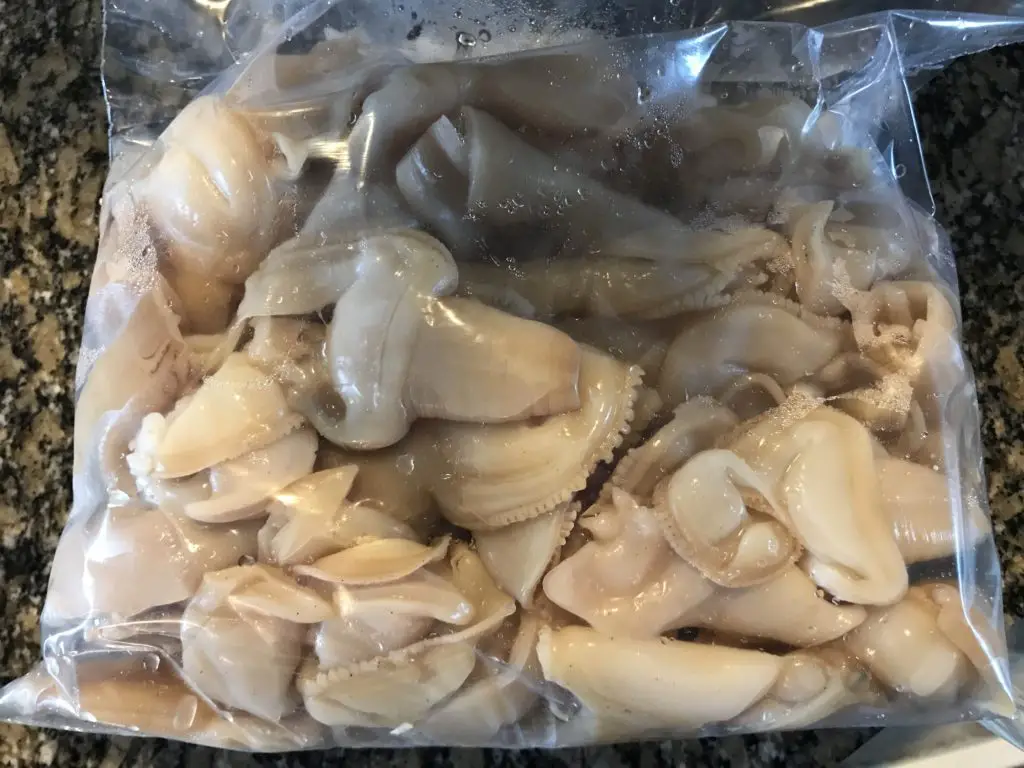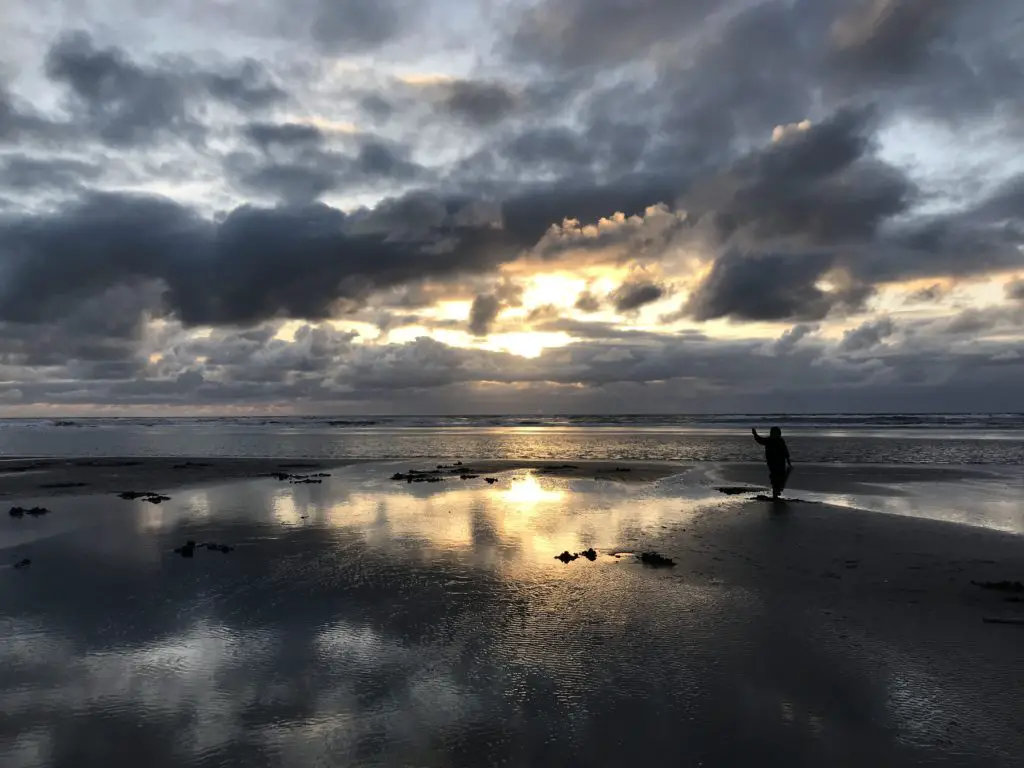
Sometimes, conditions come together to make a perfect outing as was the case with our trip to the coast for Razor Clams in the middle of February in 2019.
Sometimes, when you plan an outdoor recreational outing in the Pacific Northwest you are just hoping for success or to create memories with loved ones, but if you have spent any amount of time outdoors in this great part of the country, you know that the “perfect outing” is rarely achieved.
By perfect, I mean success, creating memories, AND great conditions.
After all of the crazy weather we’ve experienced of late, my expectations were low, but there we were in 44-degree temps, partly cloudy, not raining, and most importantly very little wind.
Wind is the scourge of all Pacific Northwest outings outside of waterfowl hunting.
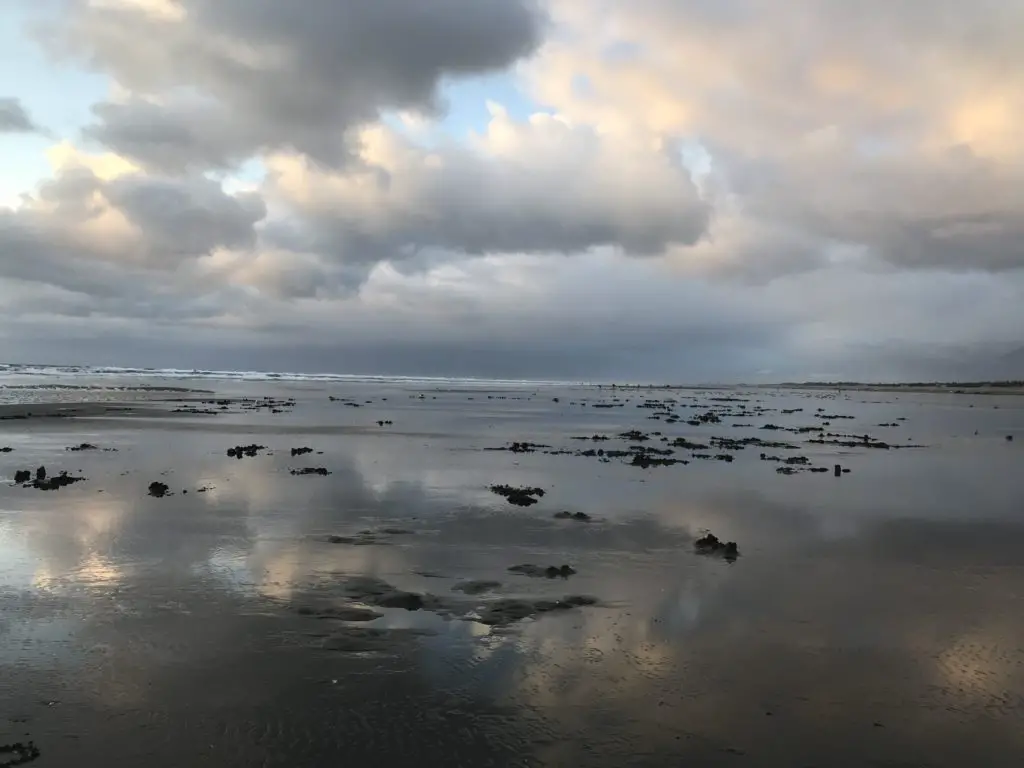
Razor Clam harvesting is a hugely popular outdoor activity up and down the coast of Washington and Oregon.
People come by the thousands to the coast to experience this rewarding experience. Usually, limits are experienced by everyone who goes out and has some idea of what they are doing.
We will share a few thoughts we didn’t read about in the research we performed leading up to our trip that helped us and can maybe help you avoid some issues or uncertainties.
You should start your clam education with an article like the WDFW how to on Razor Clams as a primer for a good overview. Definitely watch the videos especially the one on digging with your kids, not for your kids.
Razor clam digging can be such a fun family activity, that it’s important to know what’s lawful and what’s not. Refer to this comprehensive article on razor clam digging to be fully prepared.
Selecting the right clam gun is an important part of the process. We had some friends with us who were new to the activity and rented a metal clam gun, but also borrowed our PVC gun and greatly preferred the PVC one. The PVC guns are inexpensive and can be purchased easily online or in a store.
The primary reason they preferred the PVC vs metal was the length of the tube and the ease of driving it into the sand.
The PVC tubes don’t last forever though and we are on our second one ourselves.
Another concern people can have who are just starting out, is beach driving.
It’s certainly recommended that you have all wheel or 4-wheel drive with any vehicle you take out to the beach. Without that, there can sometimes be parking nearby that allows you to walk to the beach as well.
The main concern around getting stuck in the sand is at the transition point from road to beach. Basically, wherever the water typically reaches on the beach in a standard high tide, will be somewhat wet.
The wet sand at the top of the beach is quite compact and easy to drive on. Obviously the closer down towards the water you drive, the more likely you are to find really wet sand that could lead to issues, but if you just stick to that wet sand at the top, just about any vehicle can drive there without issues.
If you venture above the tide line into the dry sand, that’s where you will have issues even with all-wheel drive unless you’ve got awesome tires. If you can traverse through the transition point of the road, through the drier sand, and onto the wet sand, you will be fine.
Whatever you do, observe the no parking signs on the road to the beach, and don’t park right at the end of the road (on the road) in front of the beach!
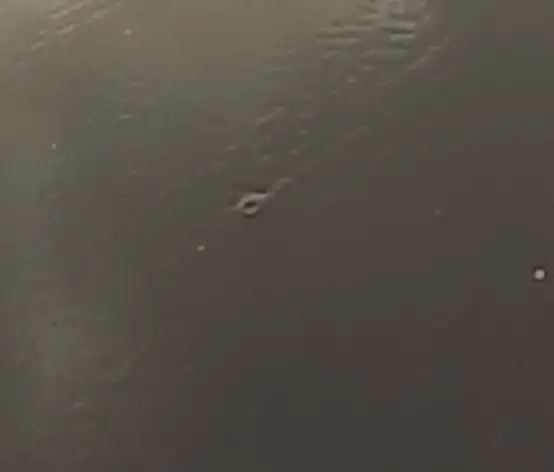
Now, when actually digging for the clams, we found that we were “grinding” some of them. Meaning, the angle and edges of the clam gun were not perfectly lined up with where the Clam was, which resulted in breaking the shell as we pulled the clam out.
This can be helped by angling slightly towards the Ocean on the way down, but sometimes you still end up with a few.
One of the things we started doing is as soon as we “felt” / heard the shell on the edge of the clam gun, we stopped pushing down and just pulled up the sand. Often times the clam was easy to pull out of the hole perfectly intact.
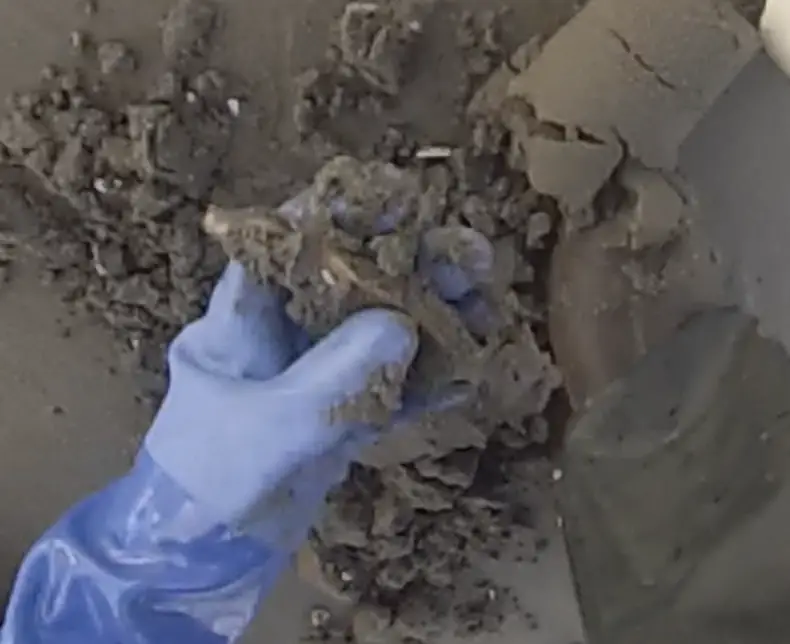
Speaking of broken-up shells, you’re required by law to include those ones in your daily limit. Do not despair though, because there is also a great use for those “wasted clams” as well. It’s no big secret that commercial crabbers use razor clams as their bait of choice.
Crabs go nuts for clam pieces and trimmings. We combined our broken shell clams and the trimmings from the cleaning process into a freezer bag to be used the next time we are out crabbing.
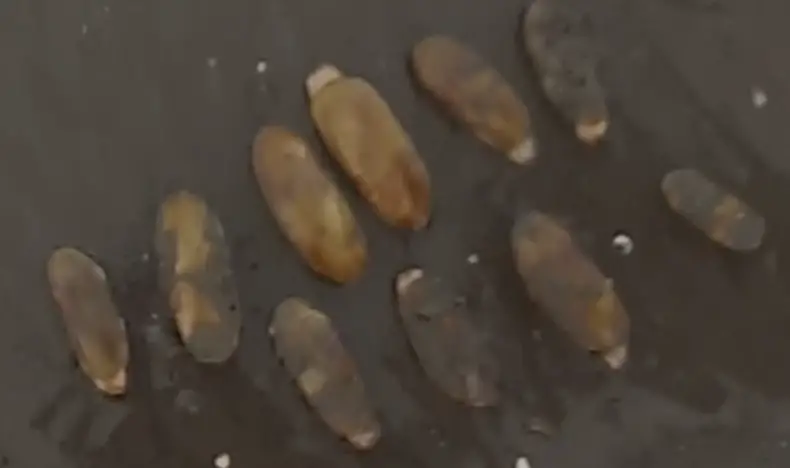
Assuming you’ve had success getting your limits of clams: Here’s my favorite video on cleaning clams because of the 2-stage approach to cutting followed by washing which allowed us to work together on the process.
Having multiple limits of clams to clean while getting back home at 10 pm at night can be challenging. So after we opened the clams according to the linked video, I set about cutting open and cutting off pieces and then handed them to my wife who then set about washing out all the dark spots and sand still clinging to the clam meat.
It took us about an hour to get through 45 clams.
